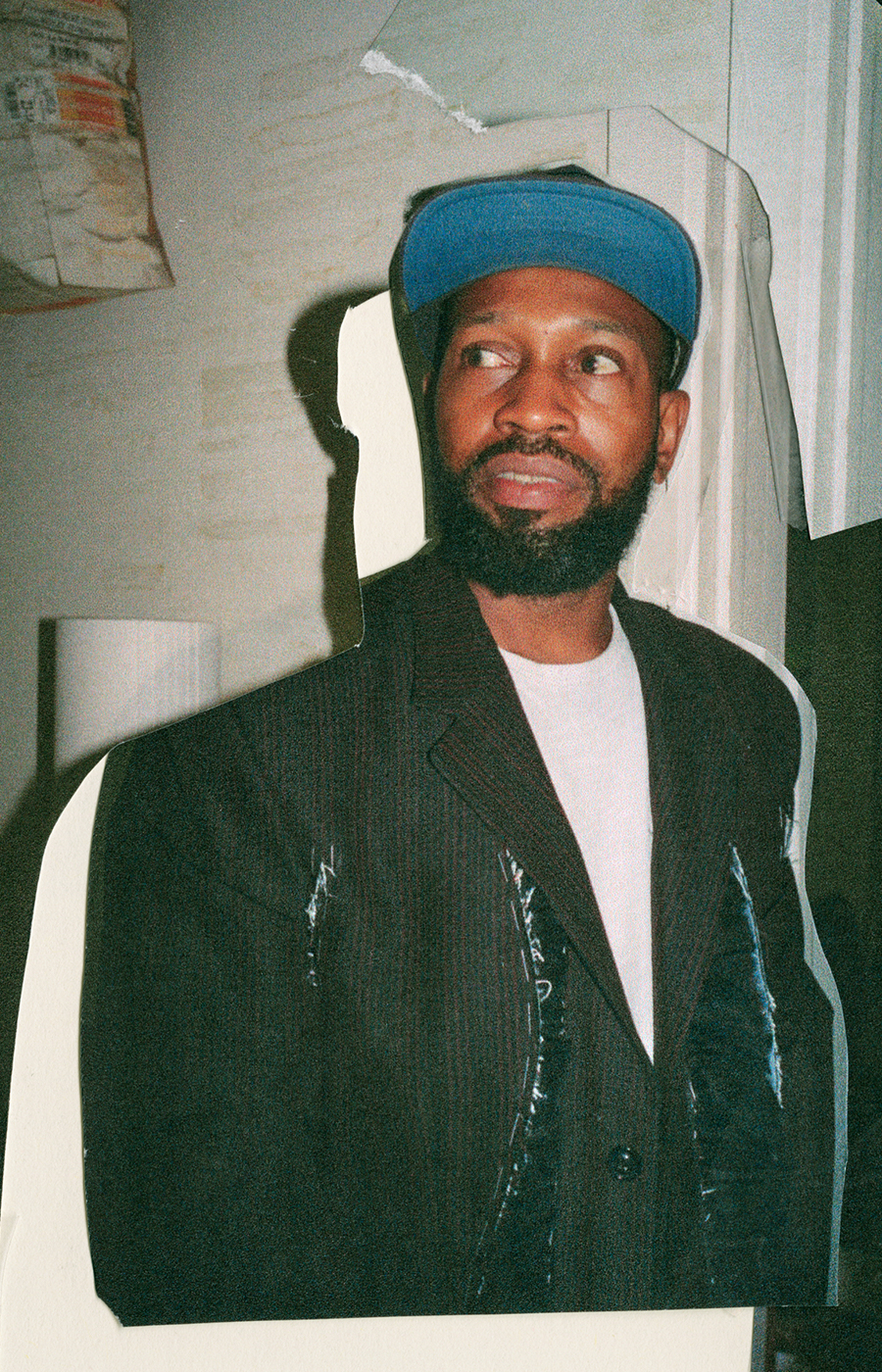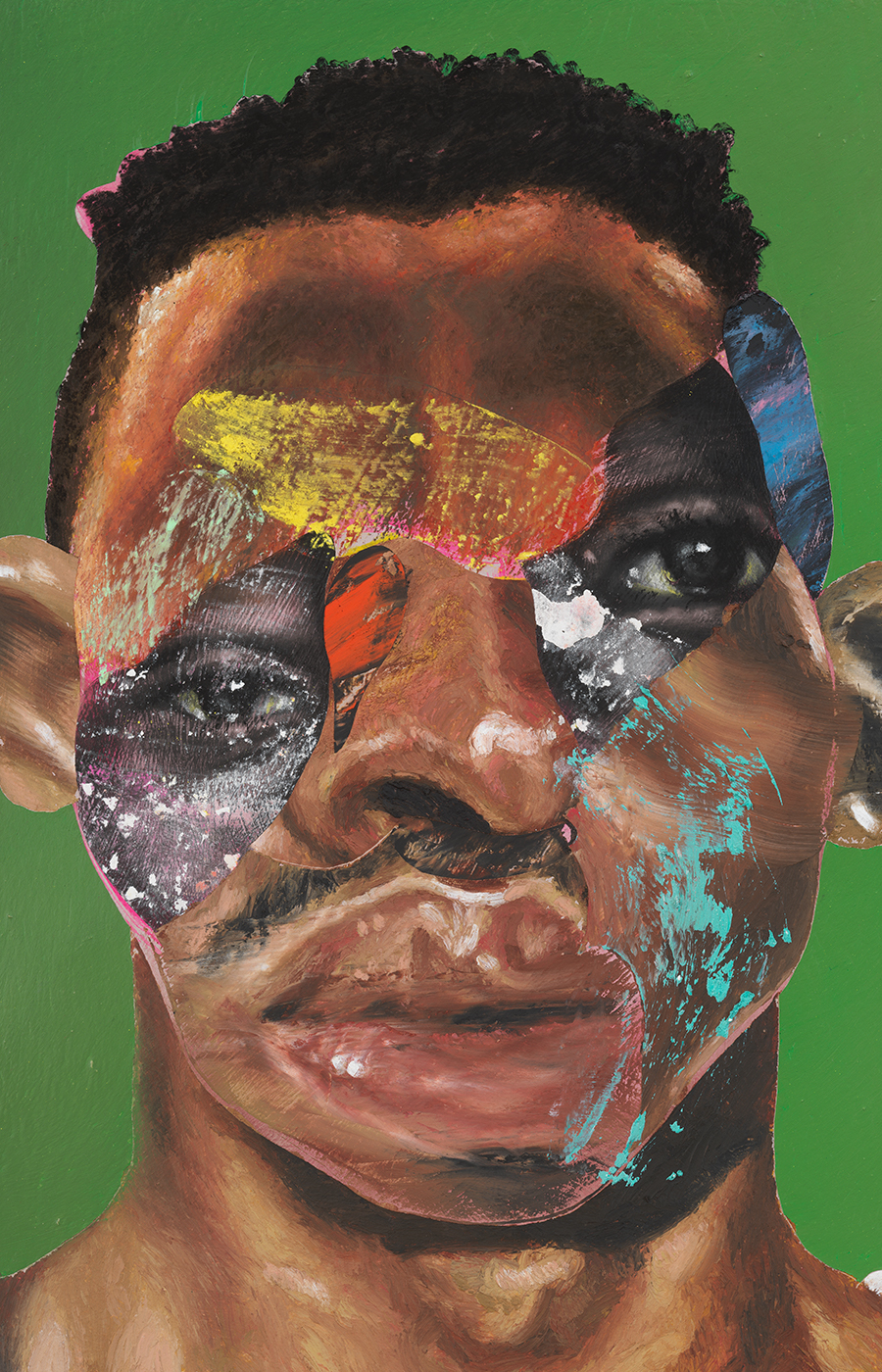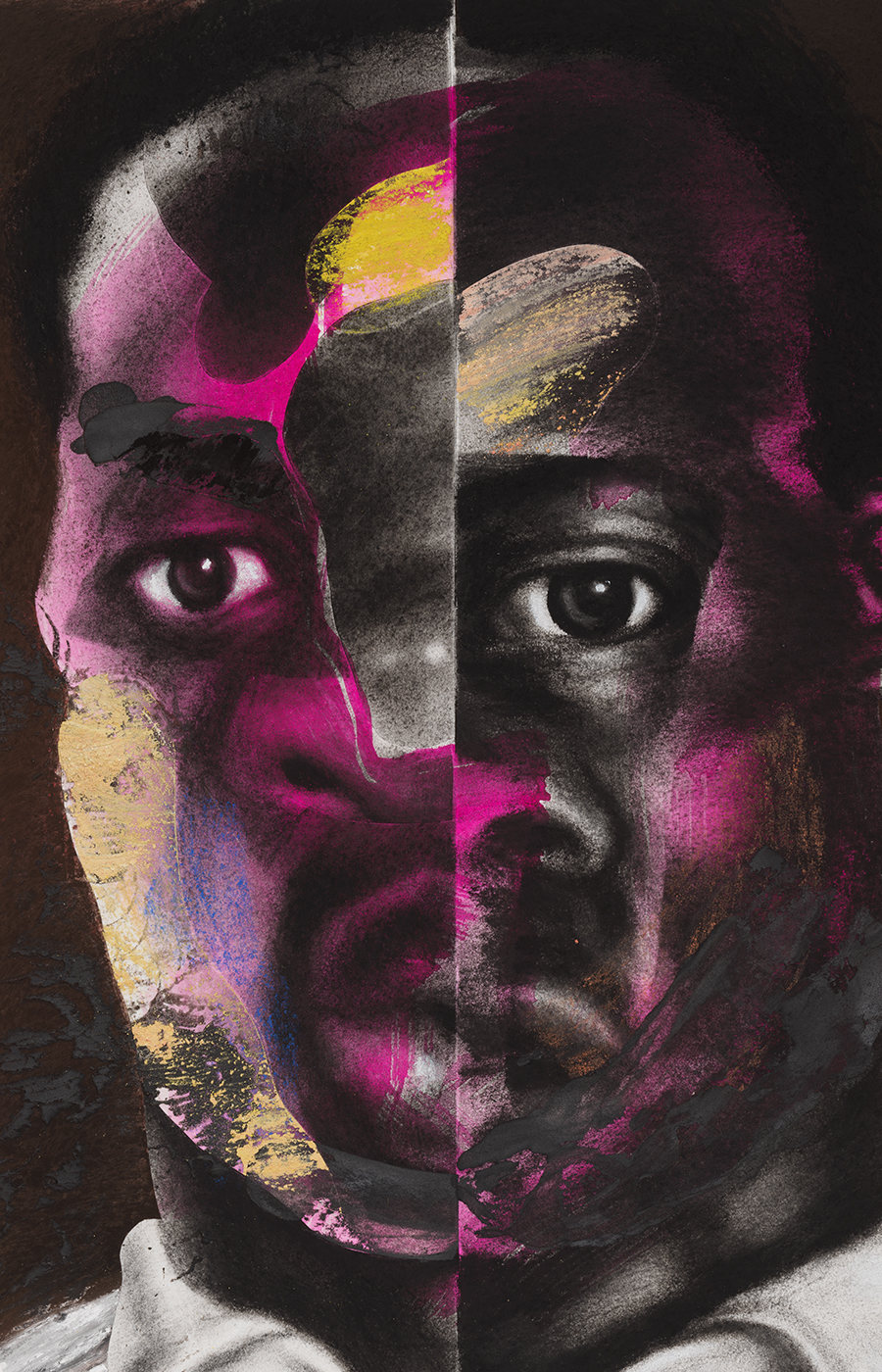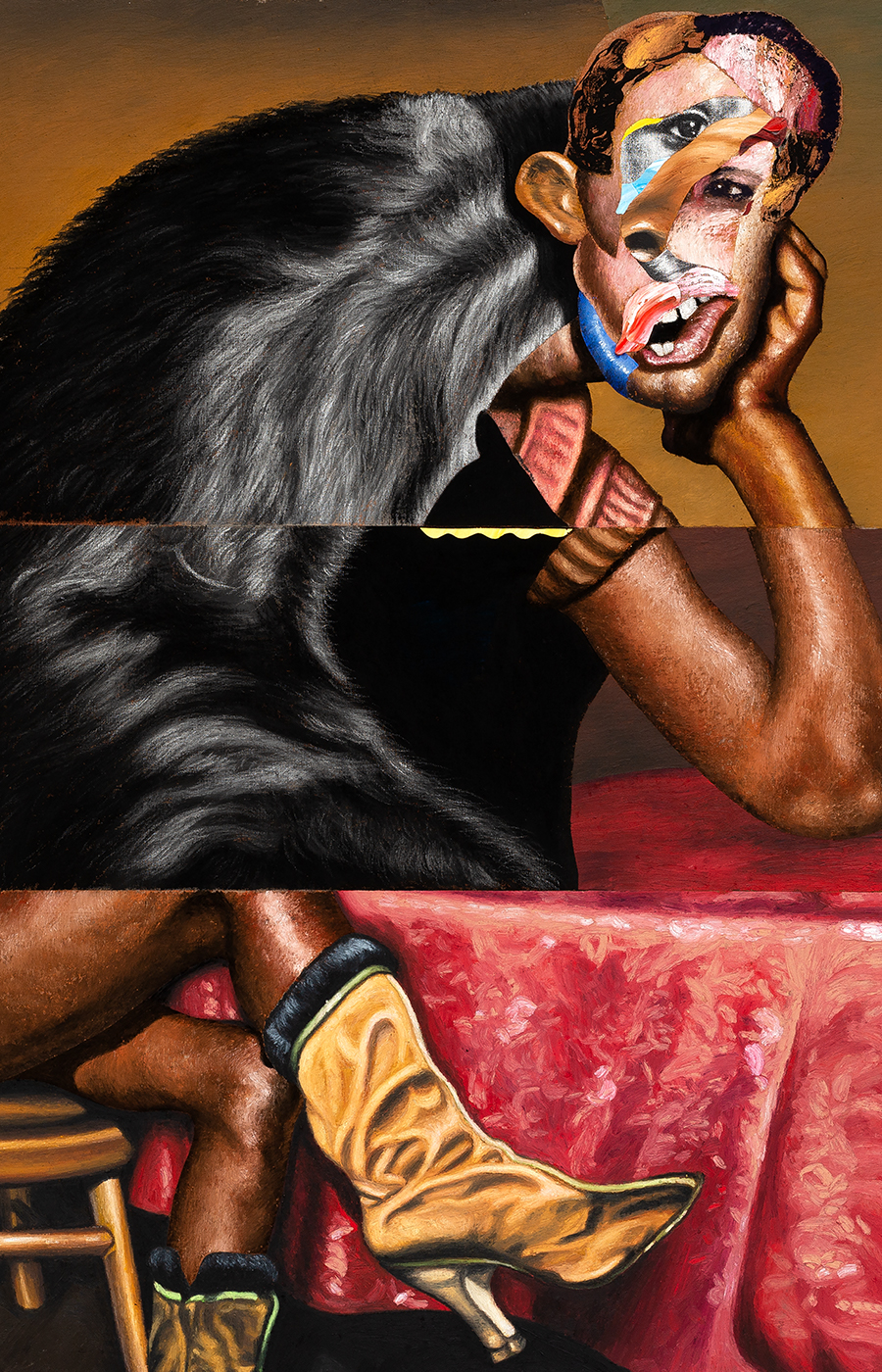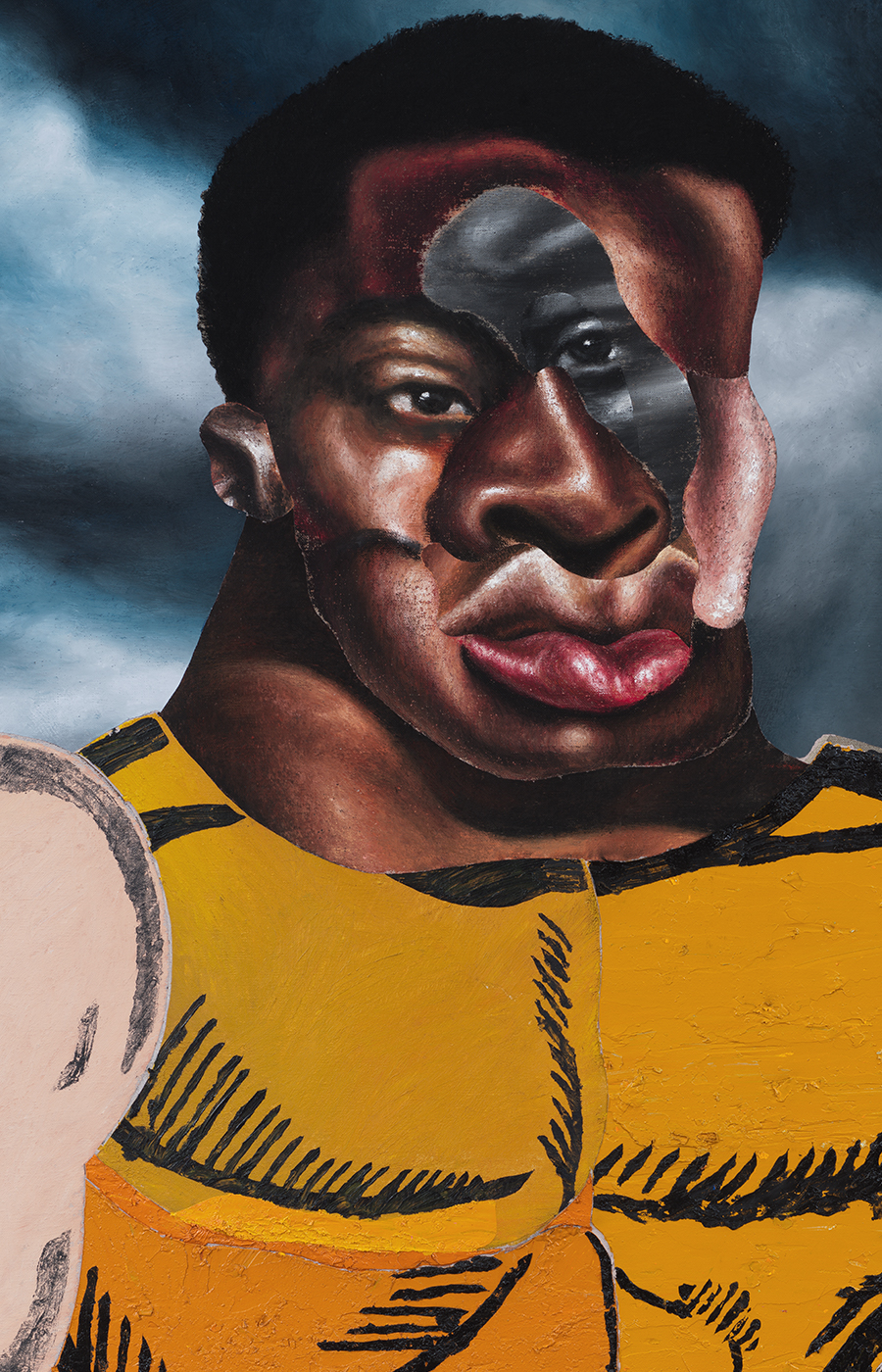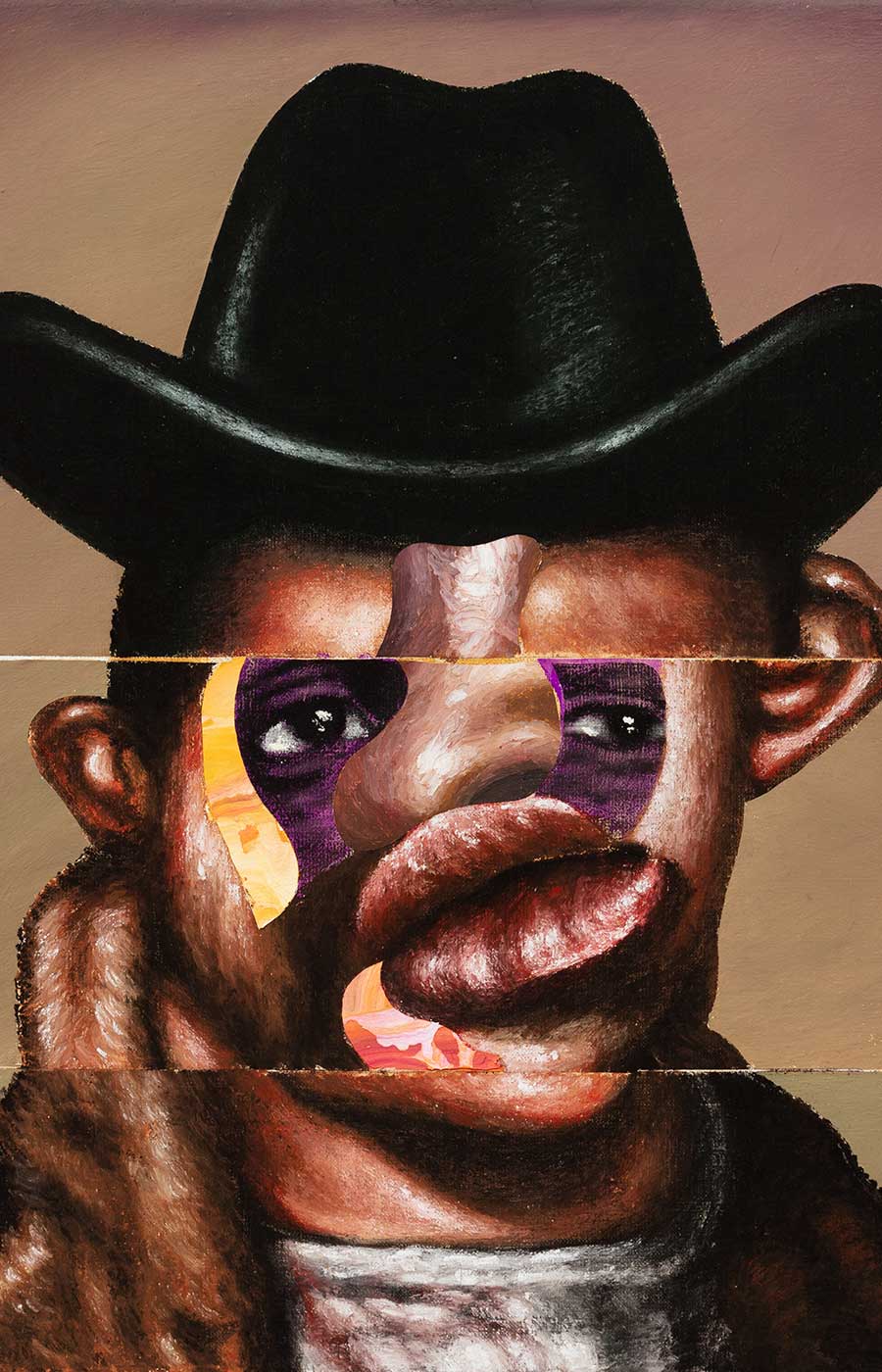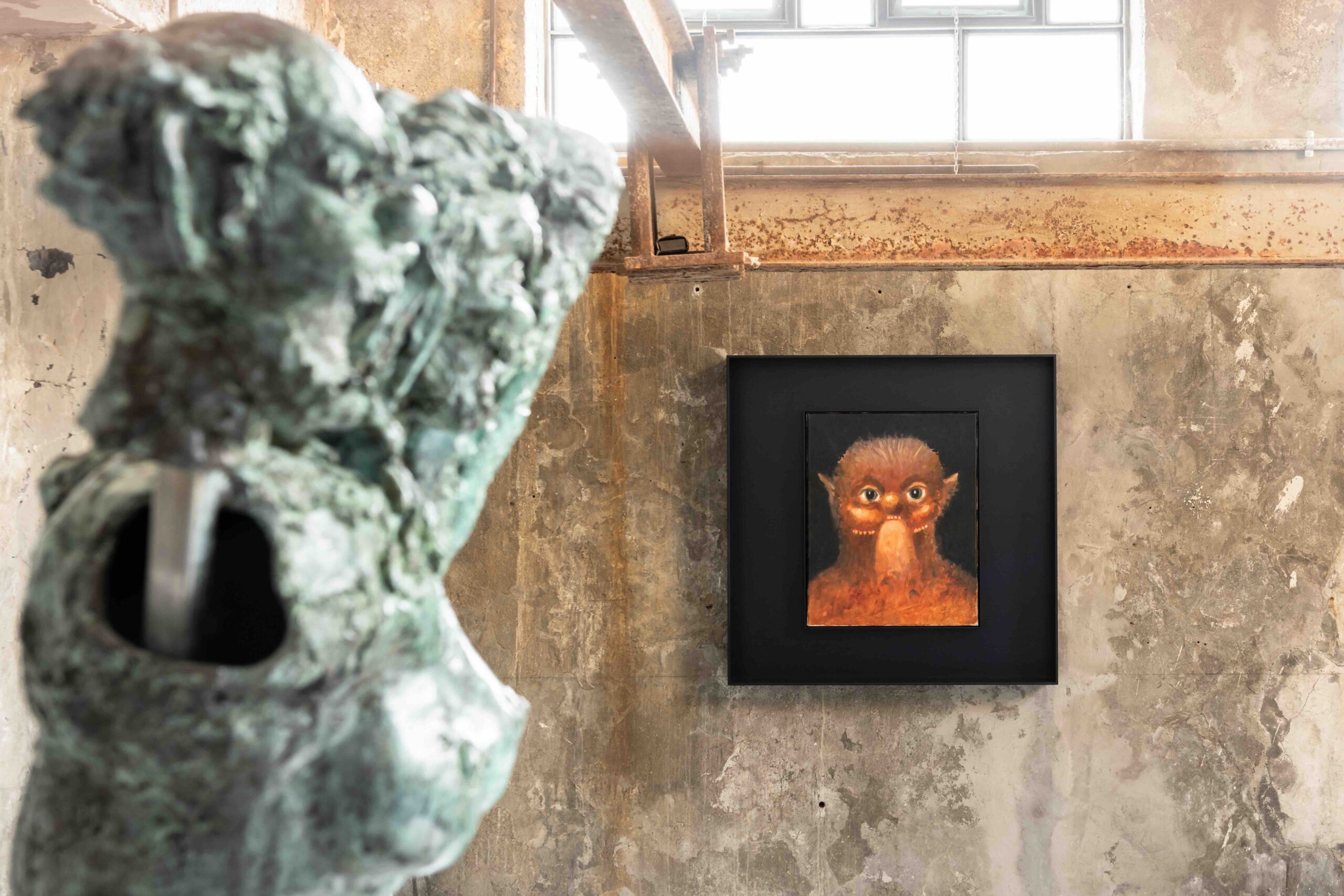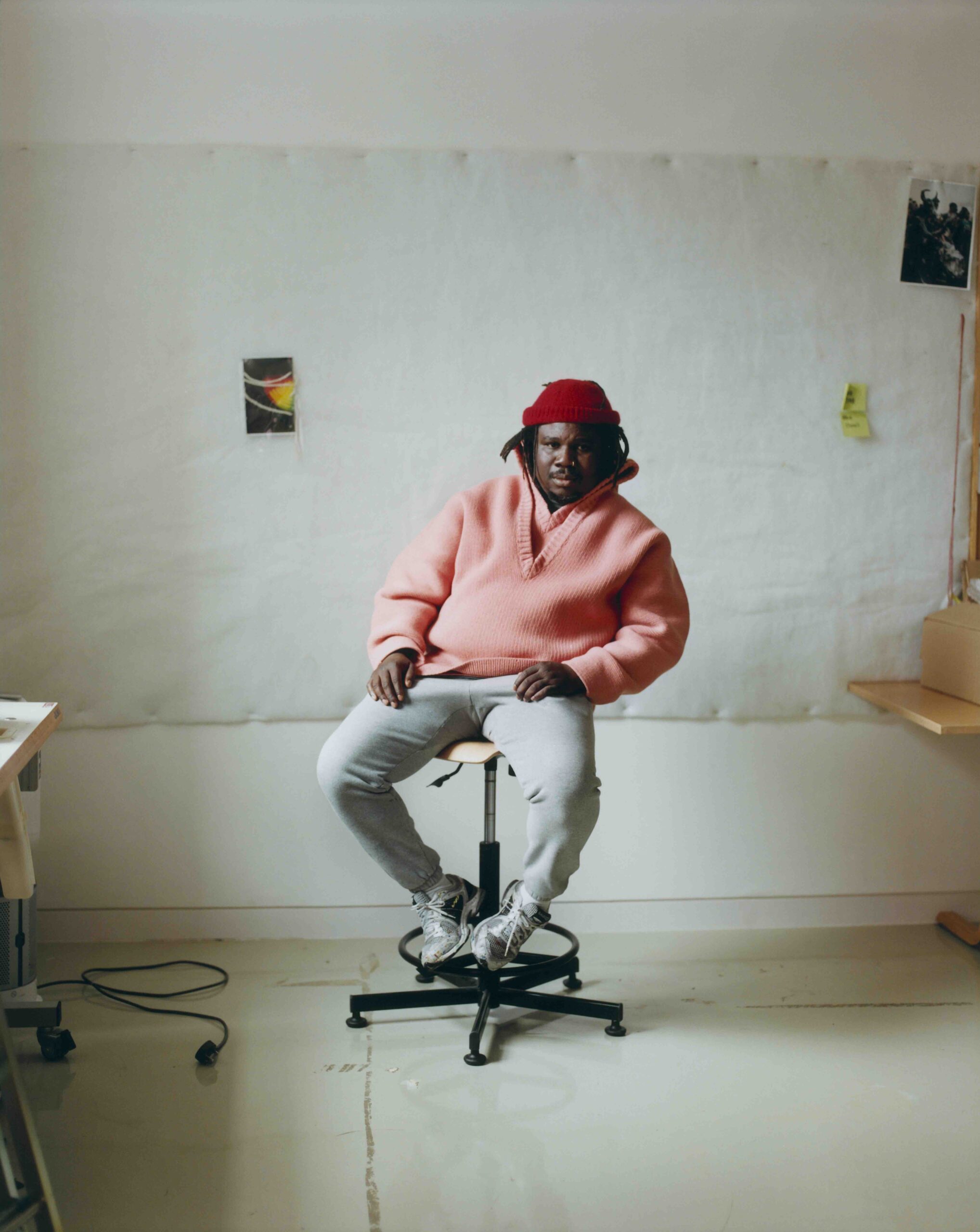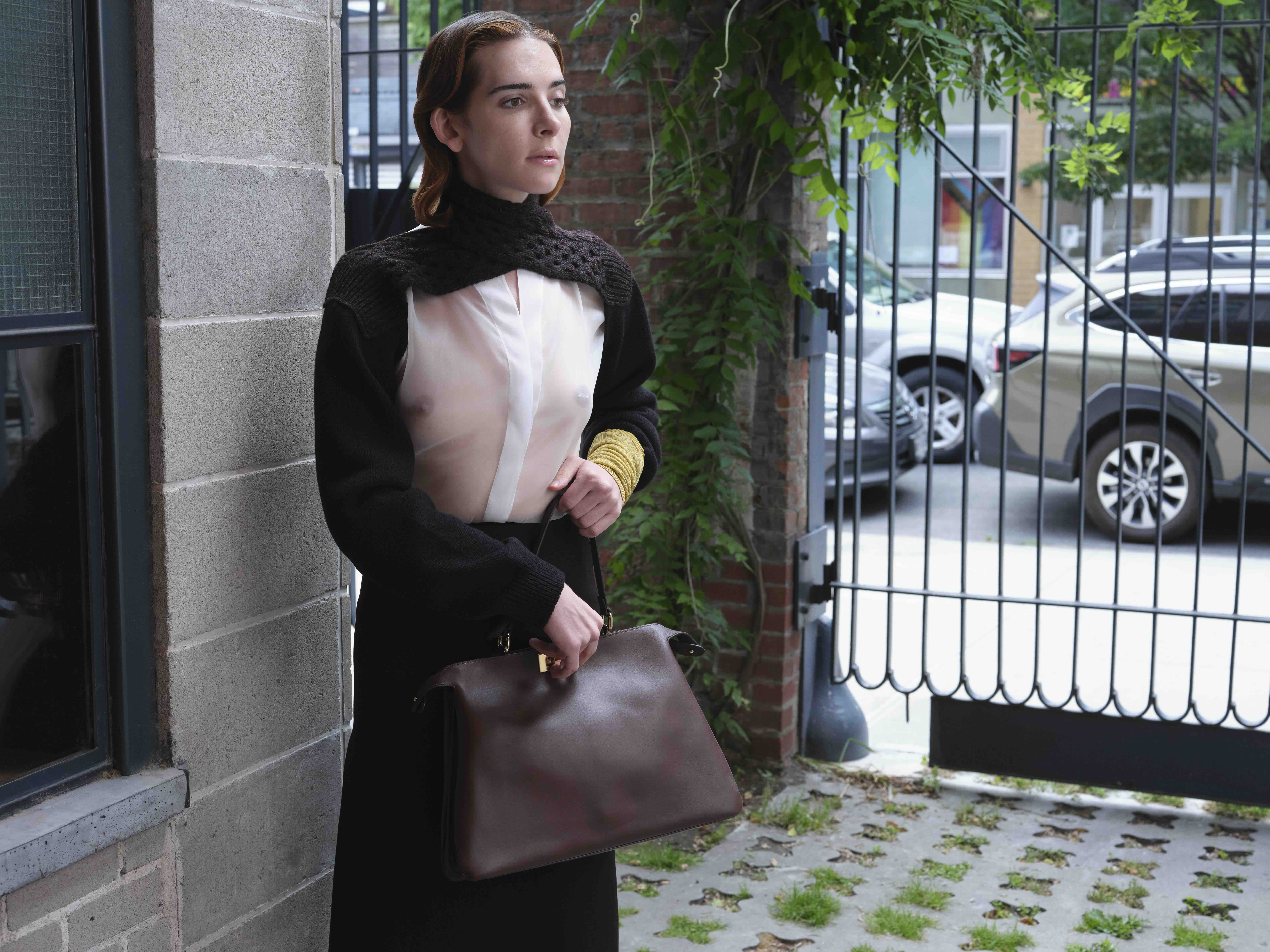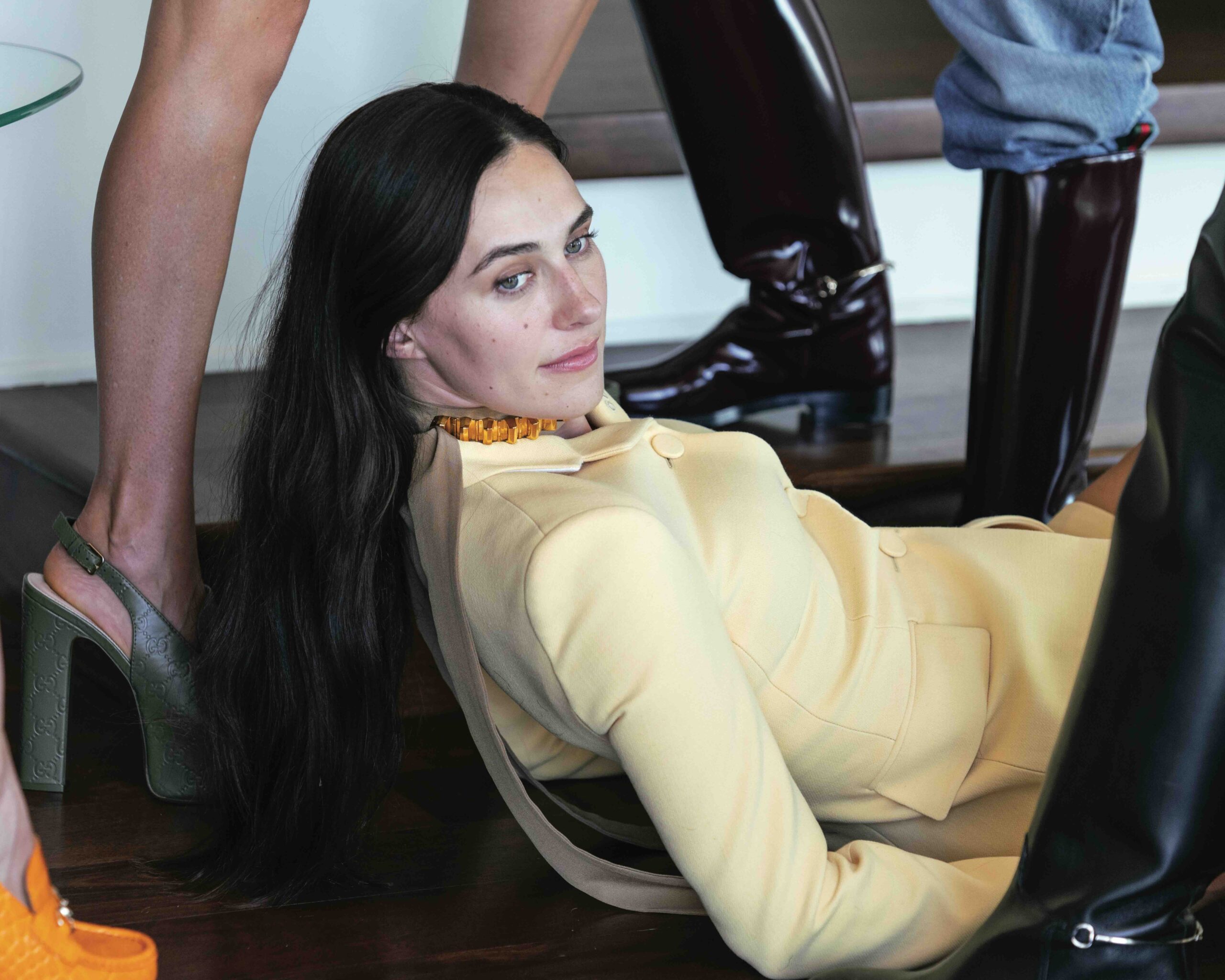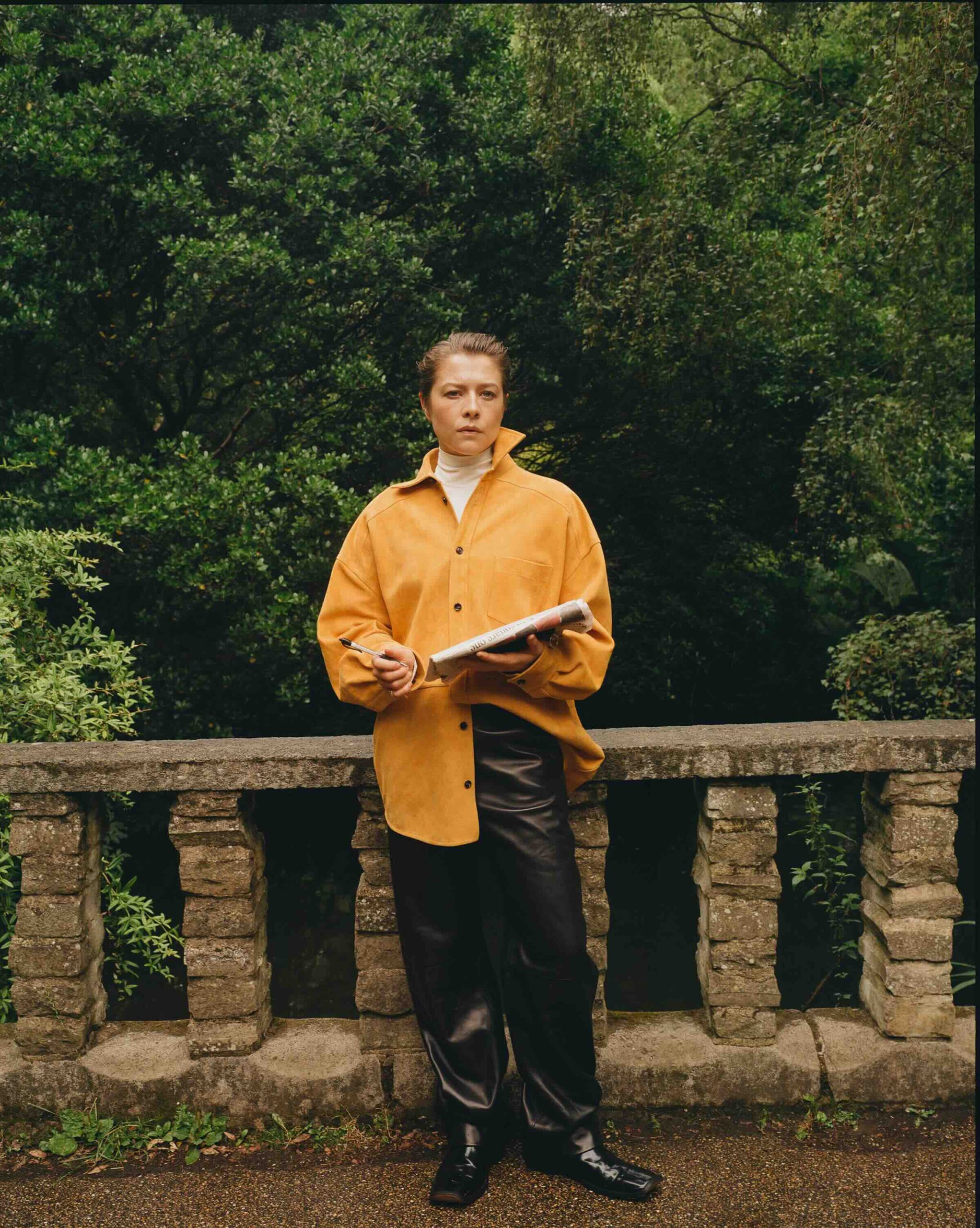[LB] What does it mean to come from a working culture, from people who were closer to their labor in a more direct way, and then to say, “I am in the artworld, I am an artist”?
[NMQ] Art is a rather laborious activity that requires physicality. Although you are doing something that you really enjoy doing, it does not mean that you approach you work every day filled with some unimaginable sense of inspiration and inexhaustible urge. Much of it is filled with conscience of one’s own discipline and perseverance—and that is work. My dad would wake up at 4 in the morning and go to some restaurant where he would be a cook, every day. Discipline, persistence, showing up on time, doing that every day. I grew up seeing this and I carry those values with me. They are inescapable values for anyone who intends to make progress and pursue one’s goal in life. Life is not fair, so that doesn’t necessarily mean achieving one’s goal, but pursuing it. And this gives an internalized sense of value and self-esteem, a place in the world.
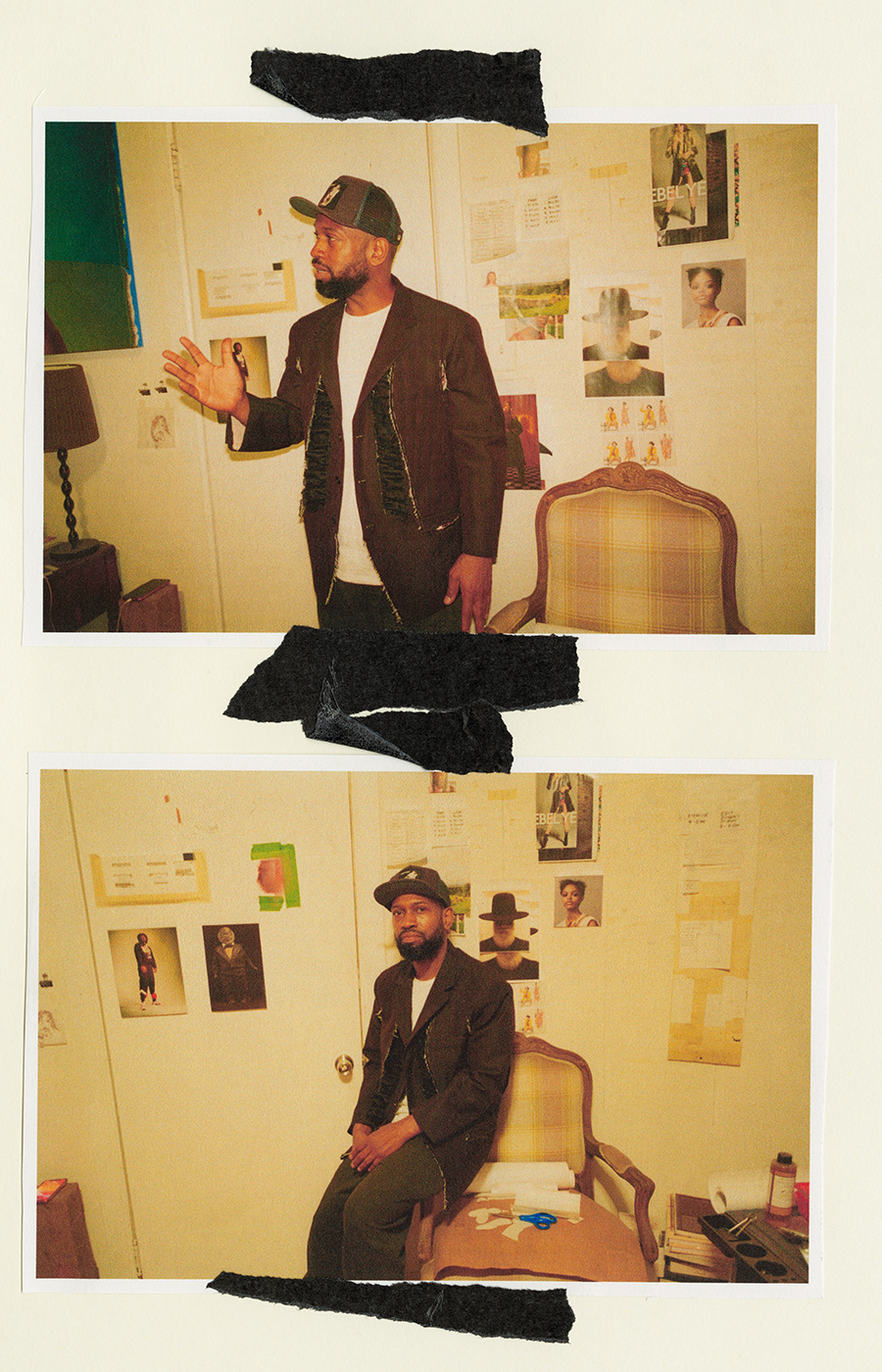
[LB] But as an artist there’s more than just work, there is something about truth. What is your intention with the everydayness of your work?
[NMQ] My labor and work ethic are applied to something that does give me a tremendous amount of fulfillment. I love what I do, constantly creating and searching for new ways of solving problems and trying to figure out what to do with the material. In that pursuit my aim is to highlight the rainbow light spectrum of humanity. While working in the studio I’ve been listening to a lot of Thomas Sowell, a Black American who grew up in Harlem and an economist with a PhD from the University of Chicago. The other day I was listening to him and there was this ad about a company celebrating Black music and wanting to honor DJ D-Nice. He is remarkable and he should be honored, yet I couldn’t help but think that the ad sounded completely disconnected from our current reality because Black music is American music. I like the idea that D-Nice is an American. No doubt he is Black, but he is American, and everyone plays Black American music.
